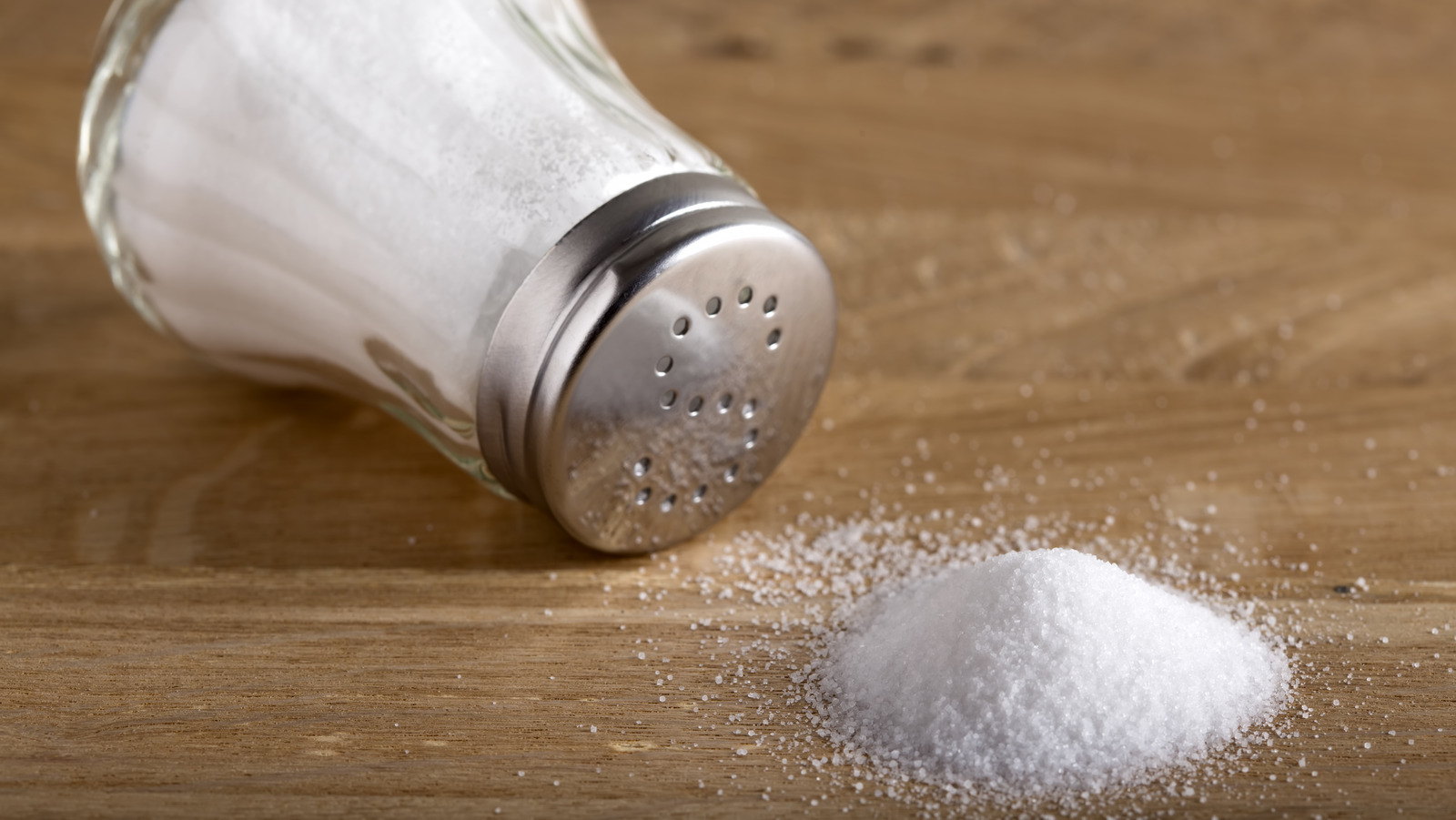

Articles
How To Store Salt In Humid Climate
Modified: December 7, 2023
Learn effective methods for storing salt in a humid climate in these informative articles. Protect your salt from clumping and maintain its quality.
(Many of the links in this article redirect to a specific reviewed product. Your purchase of these products through affiliate links helps to generate commission for Storables.com, at no extra cost. Learn more)
Introduction
Welcome to our guide on how to store salt in a humid climate. If you live in an area with high levels of humidity, you may have experienced the frustrating issue of salt clumping together and becoming unusable. This can be a common problem that affects the quality and usability of salt, whether it is for cooking, preserving food, or even for de-icing purposes.
To understand how humidity affects salt, we must first understand the science behind it. Salt is hygroscopic, which means it has the ability to absorb moisture from the air. In humid environments, the water vapor in the air can cause the salt to clump together, resulting in a solid mass that is difficult to break apart. This not only makes it inconvenient to use, but it can also affect the taste and texture of the salt.
However, there are ways to mitigate the impact of humidity on salt and ensure its optimal storage. In this guide, we will explore the best practices for storing salt in humid climates and how to maintain its quality and usability. By following these tips, you can ensure that your salt remains dry, easily accessible, and free from clumping, regardless of the humidity levels in your environment.
Whether you are a professional chef, a seasoned home cook, or simply someone who wants to keep their salt in top condition, this guide will provide you with valuable insights and practical tips to help you store salt effectively in a humid climate. Let’s dive in and discover how to keep your salt dry and ready to use!
Key Takeaways:
- Keep your salt dry and free-flowing in humid climates by choosing moisture-resistant packaging, using desiccants, and avoiding moisture exposure during handling and dispensing.
- Regularly inspect and maintain salt storage areas, rotate and use salt, and monitor humidity levels to ensure optimal salt quality and usability in humid climates.
Read more: How To Store Spices In Humid Climates
Understanding the Impact of Humidity on Salt
Humidity plays a significant role in determining how salt behaves and reacts to its surrounding environment. When the air is humid, it contains high levels of moisture, which can easily be absorbed by salt. This absorption process is known as hygroscopy.
As salt absorbs moisture, it starts to form clumps or lumps, rendering it difficult to use. The moisture causes the salt crystals to stick together, creating a solid mass that is challenging to break apart. This clumping not only makes it inconvenient to measure and sprinkle salt but also affects its texture and overall quality.
Furthermore, the presence of moisture in salt can lead to the growth of bacteria and mold. These microorganisms thrive in moist environments, and when exposed to a high level of humidity, they can multiply rapidly. This compromises the hygiene and safety of the salt, making it unsuitable for consumption.
Humidity can also affect the taste of salt. When salt absorbs moisture, it absorbs the flavors and odors present in the surrounding air as well. This can result in a salt that tastes different, sometimes even unpleasant, compared to its original flavor.
It is important to note that different types of salt have varying degrees of hygroscopic properties. Some salts, such as table salt, are more prone to absorbing moisture compared to others like rock salt or kosher salt. However, all types of salt are susceptible to some extent.
Now that we understand why humidity is a concern when it comes to storing salt, let’s explore the best practices for minimizing the impact of humidity and ensuring the quality and longevity of your salt in humid climates.
Best Practices for Storing Salt in Humid Climates
When it comes to storing salt in a humid climate, there are several effective practices you can follow to keep your salt dry and free from clumping. These practices will help maintain the quality and usability of your salt, ensuring it remains in optimal condition. Here are some best practices:
- Choose the right packaging: Select packaging that is moisture-resistant and airtight. This could be a tightly sealed plastic container, a glass jar with a silicone seal, or a resealable bag. Avoid using paper or cardboard packaging, as these materials are not as effective at preventing moisture from entering.
- Store salt in a cool and dry place: Find a storage area that is away from direct sunlight and heat sources. Heat can increase the rate of moisture absorption, causing salt to clump faster. Ideally, the storage area should have low humidity levels, such as a pantry or a kitchen cabinet away from the stove and sink.
- Use a desiccant: A desiccant is a substance that helps absorb moisture from the air. Silica gel packs or moisture-absorbing packets are commonly used as desiccants. Place a few of these packs in the salt container to help maintain a dry environment. Ensure the desiccant packets are food-safe and non-toxic.
- Keep salt containers tightly sealed: After each use, make sure to seal the salt container tightly to minimize exposure to moisture. This helps preserve the integrity of the salt and prevents clumping.
- Regularly check and replace packaging: Inspect the packaging for any signs of moisture or damage. If you notice moisture buildup inside the container or any damage to the packaging, transfer the salt to a new container with proper sealing. This will help prevent further moisture absorption.
- Avoid adding moisture to salt: When using salt, make sure your hands are dry and free from any water droplets. Moisture from wet hands can transfer to the salt, causing it to clump. Use a dry spoon or scoop to measure salt instead of directly pouring from a wet hand.
- Do not keep salt near humidifiers or water sources: Humidifiers release moisture into the air to increase humidity levels. Placing salt near a humidifier or water source can promote clumping due to the high moisture content in the vicinity.
Following these best practices will help you store salt effectively in a humid climate, ensuring that it remains dry, free-flowing, and ready to use whenever you need it. Now let’s explore the importance of proper packaging and containers for salt storage in humid climates.
Importance of Proper Packaging and Containers
Proper packaging and containers play a crucial role in the storage of salt, particularly in humid climates. The right packaging helps to maintain the quality, integrity, and usability of the salt by preventing moisture from seeping in and causing clumping. Here are some reasons why proper packaging and containers are essential:
- Moisture Protection: The primary purpose of proper packaging and containers is to protect the salt from moisture. Moisture can easily ruin the texture and quality of salt, making it clump together and rendering it difficult to use. By using packaging that is moisture-resistant and airtight, you create a barrier that prevents moisture from entering and coming into contact with the salt.
- Shelf Life Extension: When salt is exposed to moisture, it can lead to the growth of bacteria and mold. This not only compromises the quality and hygiene of the salt but also reduces its shelf life. Proper packaging and containers that effectively minimize moisture exposure help to extend the shelf life of the salt, ensuring that it remains usable for a longer period.
- Preservation of Flavor: Salt has its own distinct flavor, which can be affected by the absorption of odors and flavors from the surrounding environment. Using proper packaging and containers helps to preserve the original flavor of the salt by preventing it from coming into contact with external odors and flavors.
- Ease of Use: Clumped salt can be frustrating to use, as it does not easily pour or sprinkle. Proper packaging and containers that keep the salt dry and free-flowing allow for easy and convenient use. This ensures that you can measure and sprinkle the desired amount of salt without any hassle.
- Visual Appeal: Aesthetics also play a part in the proper storage of salt. Packaging and containers that are visually appealing can enhance the overall look of your kitchen or pantry. Opt for containers that are not only functional but also elevate the visual appeal of your salt storage area.
When selecting packaging and containers for storing salt in humid climates, prioritize those that have moisture-resistant properties and provide a tight seal. Look for materials such as plastic or glass with silicone seals, or resealable bags specifically designed for food storage. Additionally, ensure that the containers are easy to open and close, allowing for hassle-free access to the salt whenever needed.
By paying attention to the packaging and containers used for salt storage, you can effectively protect the salt from moisture and preserve its quality, flavor, and usability in humid climates. In the next section, we will explore the use of silica gel packs to control humidity in salt storage.
Using Silica Gel Packs to Control Humidity
Silicon dioxide, also known as silica gel, is a desiccant commonly used to control humidity and moisture. Silica gel packs are small sachets filled with silica gel beads that are highly effective at absorbing and trapping moisture from the surrounding environment. They can be a valuable tool in maintaining a dry and moisture-free environment for storing salt in humid climates. Here’s how you can use silica gel packs to control humidity:
- Select food-grade silica gel packs: When using silica gel for salt storage, it is crucial to choose food-grade silica gel packs. These packs are specifically designed for use with food products and are non-toxic.
- Place silica gel packs in the salt container: Open the silica gel packs and place them inside the salt container. The number of packs needed will depend on the size of the container and the humidity levels in your climate. Generally, a few packs would be sufficient for smaller containers, while larger containers may require more.
- Seal the salt container tightly: After inserting the silica gel packs, ensure that the salt container is tightly sealed to prevent moisture from entering. The combination of the sealed container and the desiccant properties of the silica gel packs will help maintain a dry environment within the container.
- Monitor and replace silica gel packs: Over time, the silica gel packs will become saturated with moisture. It is important to monitor the packs regularly and replace them when they are no longer effective. Look for color-changing indicators on the packs that indicate when they need to be replaced.
- Store unused silica gel packs: If you have extra silica gel packs, store them in a dry place for future use. Make sure to keep them in a sealed container or bag to prevent them from absorbing moisture from the surrounding environment.
Silica gel packs are an effective method of controlling humidity in salt storage. They help to create a dry environment within the container, preventing the salt from clumping due to moisture absorption. By using silica gel packs in combination with proper packaging and containers, you can significantly reduce the impact of humidity on salt and maintain its quality and usability over a longer period.
Keep in mind that while silica gel packs are safe to use with food products, they are not meant for consumption. It is important to remove them before using the salt and ensure that no silica gel particles come into contact with the salt.
Now that we have explored the use of silica gel packs to control humidity, let’s discuss how to avoid moisture exposure when handling and dispensing salt in humid climates.
Store salt in airtight containers to prevent moisture absorption in humid climates. Add a few grains of rice to absorb any excess moisture. Keep in a cool, dry place away from direct sunlight.
Read more: How To Store Shoes In Humid Climate
Avoiding Moisture Exposure When Handling and Dispensing Salt
In humid climates, it is important to take precautions to avoid moisture exposure when handling and dispensing salt. Even with proper storage, moisture can still find its way into the salt during everyday use. Here are some tips to prevent moisture exposure:
- Ensure dry hands: Whenever handling salt, make sure your hands are completely dry. Moisture from wet hands can transfer to the salt and cause it to clump. Use a towel or paper towel to dry your hands thoroughly before touching the salt.
- Use dry utensils: Avoid using utensils that are wet or damp when measuring or dispensing salt. Always use dry spoons, scoops, or measuring cups to ensure that no moisture is introduced to the salt.
- Avoid condensation: When using salt near a source of cold or hot temperature changes, condensation can form on the container or utensils. This can lead to moisture being introduced to the salt. To prevent condensation, allow the container or utensils to adjust to room temperature before use.
- Minimize exposure to steam: Steam from cooking can introduce moisture into the surrounding air, leading to clumping of salt. Place salt containers away from steam sources such as stovetops, kettles, and steamers to prevent moisture absorption.
- Do not sprinkle salt directly from a wet hand: Avoid pouring or sprinkling salt directly from a wet hand. This can introduce moisture to the salt, causing it to clump. Instead, use a dry spoon or sprinkle with a shaker to ensure moisture-free salt distribution.
- Reseal packaging immediately: After using salt, make sure to reseal the packaging or container tightly. This will prevent moisture from seeping into the salt and maintain its dryness and usability over time.
By following these simple tips, you can minimize the risk of moisture exposure when handling and dispensing salt. Prevention is key to preserving the quality and texture of salt, especially in humid climates where moisture is more prevalent.
Now that we have covered ways to avoid moisture exposure during salt handling, let’s discuss recommended storage areas for salt in humid climates.
Recommended Storage Areas for Salt in Humid Climates
Choosing the right storage area for salt in a humid climate is crucial in preventing moisture absorption and maintaining its quality. Here are some recommended storage areas to consider:
- Pantry or kitchen cabinet: A pantry or kitchen cabinet is an ideal storage area for salt in a humid climate. These areas are typically cooler and drier compared to other parts of the kitchen. Make sure the cabinet or pantry is away from direct sunlight and heat sources, as heat can increase moisture in the surrounding air.
- Airtight containers: Regardless of storage location, it is important to use airtight containers for storing salt. This ensures that moisture from the environment cannot penetrate and affect the quality of the salt. Look for containers made of plastic, glass, or metal with watertight seals to keep the salt dry and free from clumping.
- Cool and dry cellar: If you have a cellar or basement with a consistently cool and dry environment, it can be an excellent storage area for salt. These areas tend to have lower humidity levels and provide an optimal condition for salt storage. Ensure that the salt is stored in airtight containers to further protect it from moisture.
- Refrigerator or freezer: While not necessary for all types of salt, refrigerators or freezers can be used for long-term storage of certain salt varieties, such as sea salt or gourmet salt. These appliances maintain a consistently cold and dry environment, making them suitable for minimizing moisture exposure. However, it’s important to note that salt stored in a refrigerator or freezer can absorb odors, so proper sealing and packaging are essential.
When choosing a storage area, it is essential to consider the humidity levels and temperature fluctuations in your specific climate. Remember, the goal is to find a location that is cool, dry, and protected from moisture sources.
It is also worth noting that regardless of the storage area chosen, it is important to regularly inspect and maintain the containers for any signs of moisture or damage. If moisture is detected or the packaging becomes compromised, transfer the salt to a new container to ensure its quality and usability.
By storing salt in recommended areas and using appropriate containers, you can ensure that your salt remains dry, free-flowing, and ready to use, even in the most humid climates.
Now that we have covered the recommended storage areas, let’s move on to the importance of regular maintenance and inspection of salt storage areas in humid climates.
Regular Maintenance and Inspection of Salt Storage Areas
Regular maintenance and inspection of salt storage areas are crucial to ensure the quality and usability of the salt, especially in humid climates. By implementing a routine maintenance schedule and conducting periodic inspections, you can identify and address any issues that may affect the salt’s condition. Here are some important steps to follow:
- Inspect containers for moisture or damage: Regularly check the containers or packaging used to store the salt. Look for any signs of moisture buildup, such as condensation or water droplets, both inside and outside the container. Additionally, examine the containers for any damage or cracks that could potentially allow moisture to seep in.
- Transfer salt to new containers, if necessary: If you discover any moisture or damage to the containers, it is important to transfer the salt to new containers immediately. Use containers that are moisture-resistant, airtight, and in good condition to ensure the salt remains dry and clump-free.
- Check the effectiveness of desiccants: If you use desiccants like silica gel packs in the salt containers, regularly monitor their effectiveness. Look for color-changing indicators or follow the manufacturer’s instructions on determining when they need to be replaced. Replace the desiccants as necessary to maintain a dry environment within the containers.
- Clean the storage area: Regularly clean the storage area to remove any dust, debris, or spilled salt. These can contribute to moisture buildup and compromise the quality of the salt. Use a clean cloth or paper towel to wipe down the area, ensuring it is dry before returning the salt containers.
- Monitor humidity levels: Invest in a humidity meter or hygrometer to monitor the humidity levels in the storage area. This will give you an indication of the moisture content in the environment and help you assess the effectiveness of your storage methods. If the humidity levels are consistently high, consider using additional moisture control measures, such as dehumidifiers or silica gel dehumidifier bags.
- Rotate and use salt regularly: To ensure that salt remains in good condition, it is important to rotate and use it regularly. This prevents salt from sitting for long periods without being disturbed, reducing the risk of moisture absorption and clumping.
By incorporating regular maintenance and inspections into your salt storage routine, you can proactively identify and address any issues that may arise. This will help maintain the quality and usability of the salt, ensuring it remains dry, free-flowing, and ready to use, even in a humid climate.
Now that we have covered the importance of regular maintenance and inspections, let’s summarize the key points discussed in this guide.
Conclusion
Storing salt in a humid climate requires special attention to prevent moisture absorption and maintain its quality. By following the best practices outlined in this guide, you can ensure that your salt remains dry, free-flowing, and ready to use:
- Choose moisture-resistant and airtight packaging and containers to protect the salt from humidity.
- Store salt in cool, dry areas such as pantries or kitchen cabinets, away from direct sunlight and heat sources.
- Use food-grade silica gel packs to control humidity within the salt containers.
- Avoid moisture exposure when handling and dispensing salt by ensuring dry hands and utensils.
- Regularly inspect and maintain the salt containers, transferring the salt to new containers if necessary.
- Monitor and adjust the storage area’s humidity levels to minimize moisture absorption.
- Rotate and use salt regularly to prevent long periods of storage without disturbance.
By implementing these practices, you can minimize the clumping, degradation, and spoilage of salt caused by humidity. Ensuring proper salt storage not only enhances its usability and longevity, but it also preserves its flavor and quality, resulting in a better culinary experience.
Remember to monitor and maintain your salt storage regularly to detect any signs of moisture or damage. By taking proactive measures, you can prevent any issues from escalating and ensure that your salt remains fresh, dry, and ready to enhance the taste of your favorite dishes.
So, go ahead and apply these tips and best practices to store your salt effectively in the humid climate you reside in. Enjoy the convenience and quality of salt that remains free-flowing and ready to sprinkle at all times!
Frequently Asked Questions about How To Store Salt In Humid Climate
Was this page helpful?
At Storables.com, we guarantee accurate and reliable information. Our content, validated by Expert Board Contributors, is crafted following stringent Editorial Policies. We're committed to providing you with well-researched, expert-backed insights for all your informational needs.
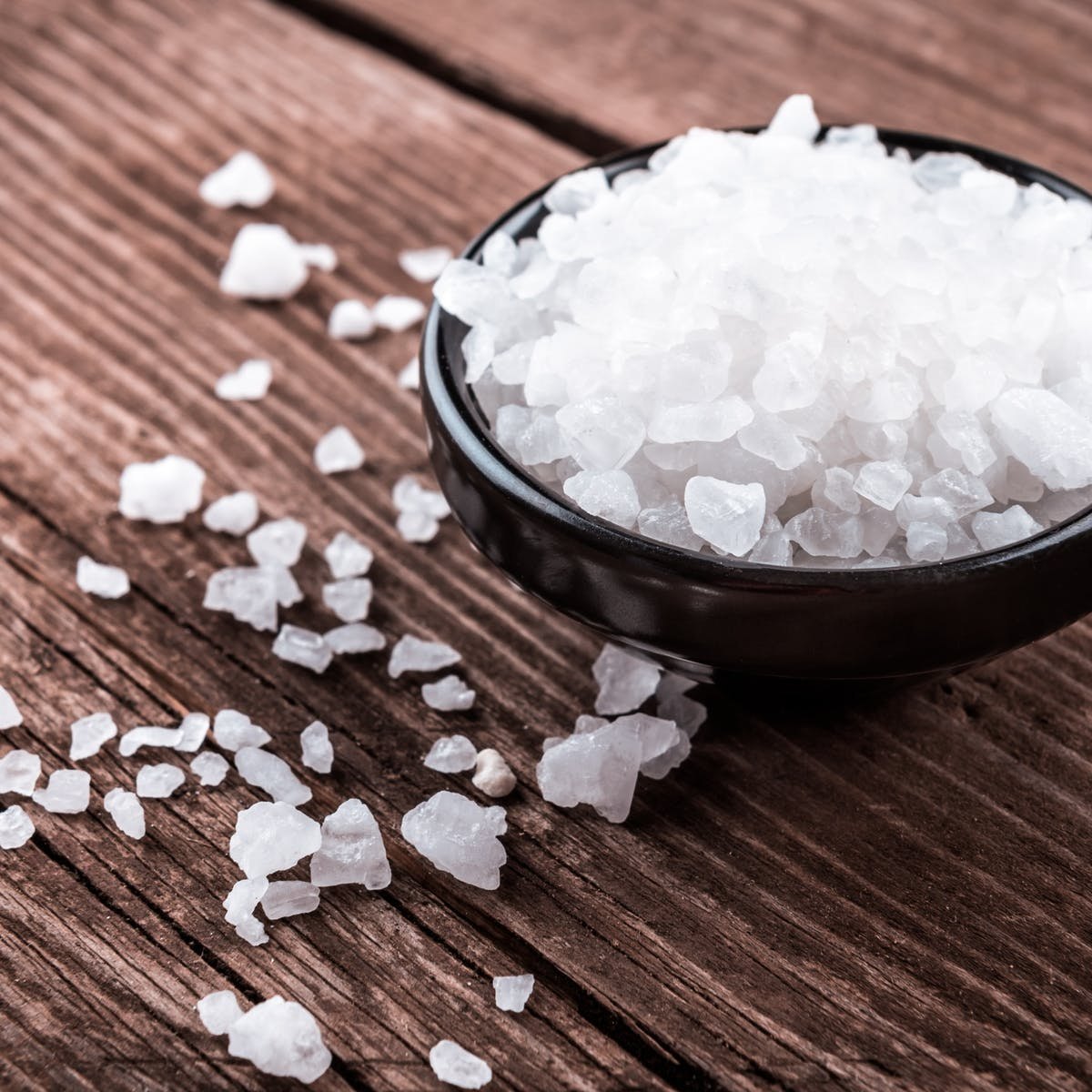


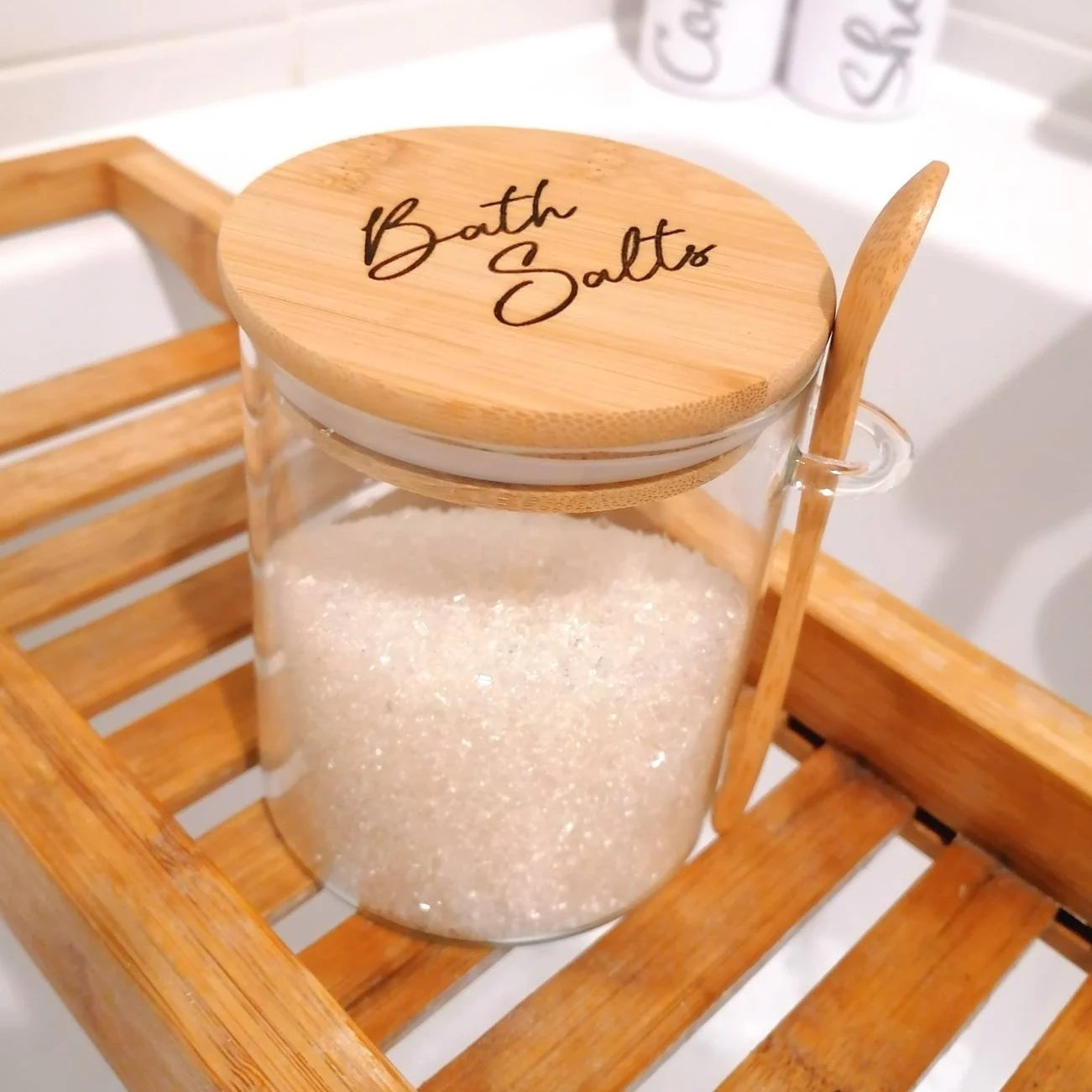
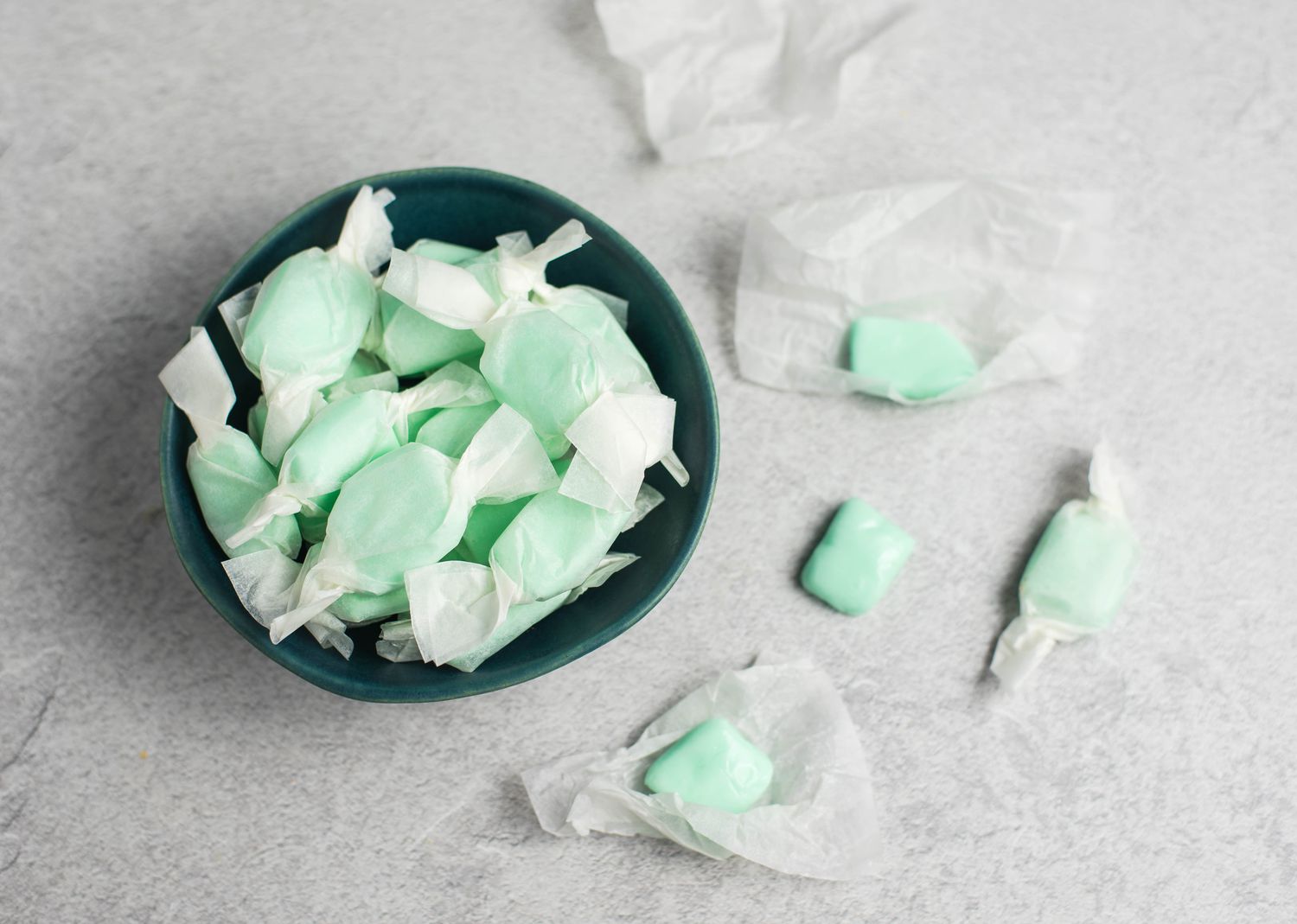







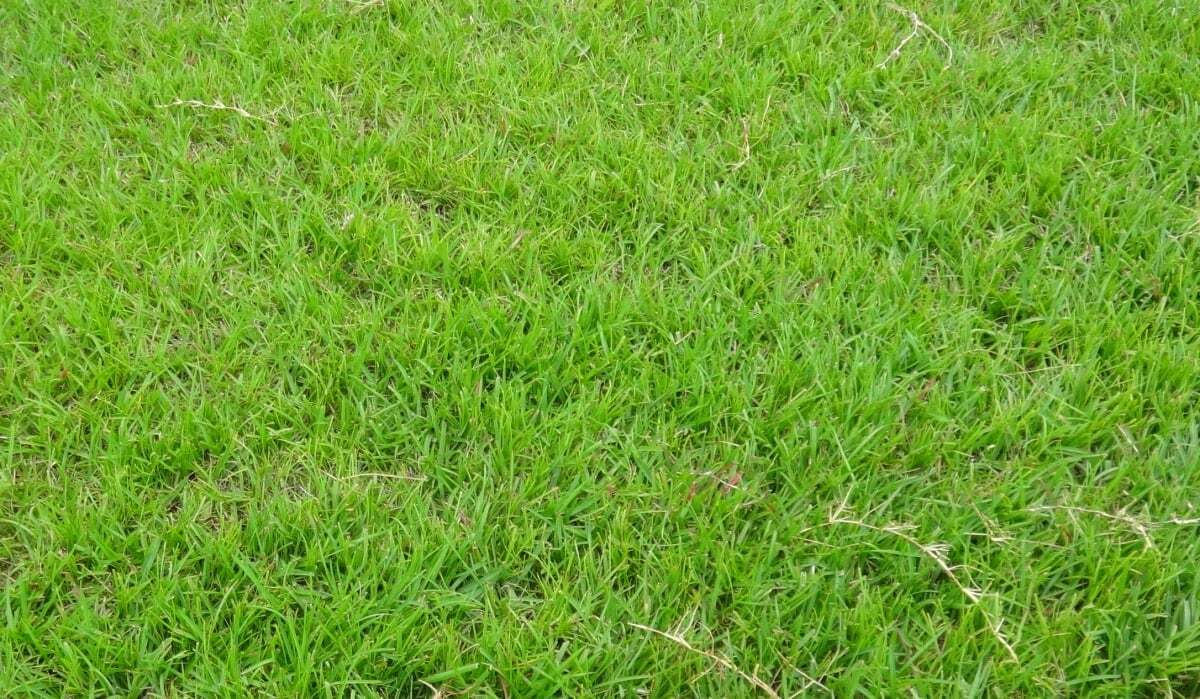


0 thoughts on “How To Store Salt In Humid Climate”